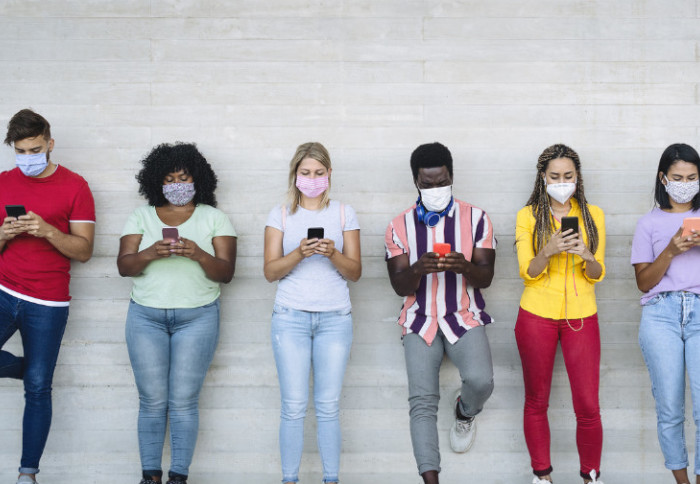

Lifting measures to control COVID-19 in the US will likely reduce the impact of previous lockdowns on the number of infections in the long term.
In a new study published in PNAS, researchers found that people's behaviour change in mobility was short-lived when restrictions were lifted.
The researchers, from Imperial's Covid-19 Response Team and Imperial College Business School, found that lifting non-pharmaceutical interventions (NPIs), such as social distancing, leads to an increase in case numbers in US counties and reduced the percentage of people staying at home.
The researchers say that NPIs can help mitigate the disproportionate burden of COVID-19 on marginalised populations, with stronger effects observed in counties with a high proportion of people from non-White backgrounds.
Implementing and lifting of NPIs by target populations however does very little and only stronger measures targeting the general populations have a significant impact, the researchers explain.
Lifting NPIs diminishes health gains
The team find that implementing NPIs lead to a significant reduction in cases and the percentage of people staying home increased significantly over time.
Lifting measures however leads to an increase in case numbers and reduced the percentage of people staying at home. They conclude that lifting NPIs diminishes the gains accrued by previously implemented policies.
The researchers estimated mobility by looking at the percentage of mobile phone devices that stayed within certain areas of US counties.
Targeted interventions
"NPIs can help mitigate the disproportionate burden of COVID-19 on marginalised populations, with stronger effects observed in more economically vulnerable geographical areas and with high proportion of people from non-White backgrounds." Dr Marisa Miraldo Study author
The impacts on case numbers and devices staying home, both implementing and lifting of measures, are stronger for counties with non-white populations as well as counties with median household income above the average.
The researchers explain that implementing and lifting of NPIs by target populations however does very little and only stronger measures targeting the general populations have a significant impact.
The team found that stronger measures such as full lockdowns involving closures of businesses, had the biggest impact whereas partial restrictions that targeted sectors such as nursing homes, nurseries and schools had a lower impact.
Dr Marisa Miraldo, Associate Professor in Health Economics at Imperial College Business School, said: "Several countries globally are still struggling to keep COVID cases at levels care providers can cope with. Focusing in data from the US, our research shows that NPIs have been essential in enabling that.
"We show, however, that only ‘stronger’ measures involving general population lockdown and businesses closures have a significant impact on infection control while closing nursing homes, day care and schools doesn’t show a significant impact.
"Importantly our research shows that, NPIs can help mitigate the disproportionate burden of COVID-19 on marginalized populations, with stronger effects observed in geographical areas with high proportion of people from non-White backgrounds."
Article text (excluding photos or graphics) © Imperial College London.
Photos and graphics subject to third party copyright used with permission or © Imperial College London.
Reporters

Dr Sabine L. van Elsland
School of Public Health

Contact details
Tel: +44 (0)20 7594 3896
Email: s.van-elsland@imperial.ac.uk
Show all stories by this author

Stephen Johns
Communications Division

Contact details
Tel: +44 (0)20 7594 9531
Email: s.johns@imperial.ac.uk
Show all stories by this author



